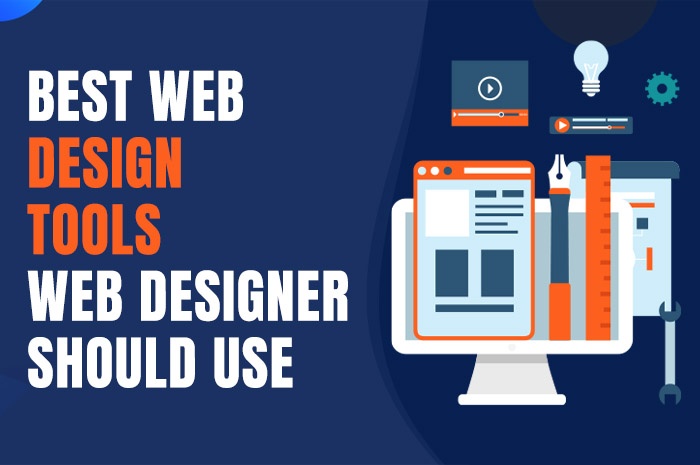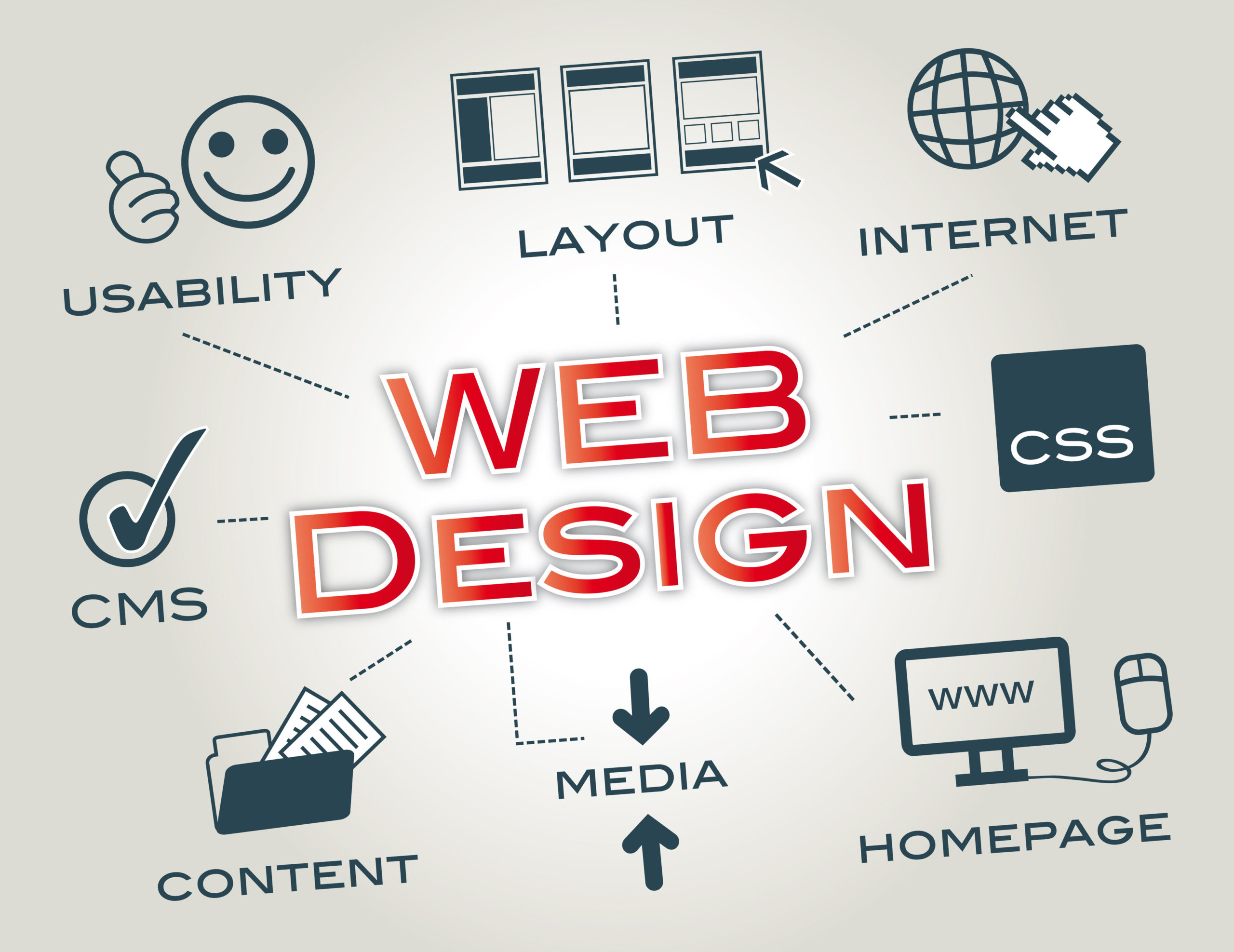Elevate Your Service with Expert Fort Worth Web Development Provider
How to Make Use Of Web Design Principles to Increase Your Website's Involvement
In the affordable electronic landscape, the capability to mesmerize and keep visitors hinges on using reliable internet style principles. Prioritizing a smooth individual experience while making sure availability can substantially improve interaction. This involves refining navigating frameworks for user-friendly browsing, maximizing websites for mobile responsiveness, and employing visually engaging elements. The strategic usage of shade and typography additional improves the individual's trip, developing an inviting and interactive environment. As we discover these principles further, take into consideration exactly how each element can change a passive go to right into an appealing interaction, opening the prospective to elevate your website's impact.
Enhancing Navigating Structure
A well-structured navigating system is important for optimizing individual involvement and guaranteeing a smooth browsing experience. It acts as the foundation of any web site, guiding individuals via content effectively while reducing the cognitive tons related to finding info. Reliable navigating design is not simply concerning aesthetic appeals yet involves a tactical plan of components that advertise accessibility and simplicity of usage.
A messy menu can overwhelm individuals, potentially driving them away. Categorizing content into logical and intuitive groups guarantees users find what they are looking for with minimal initiative.

Optimizing Mobile Responsiveness
With the raising prevalence of mobile phones, maximizing mobile responsiveness is important for keeping customer engagement and fulfillment. As even more users gain access to internet sites via mobile phones and tablet computers, ensuring your site is mobile-friendly is not just helpful-- it's important. A receptive layout instantly changes its design and material to fit any kind of display size, giving an optimum watching experience throughout devices. This adaptability reduces the need for zooming or horizontal scrolling, boosting use and keeping individuals on your website longer.
To accomplish mobile responsiveness, start by utilizing adaptable grids and formats. Use CSS media inquiries to guarantee design elements adjust to various screen sizes. Focus on touch-friendly navigation by enlarging switches and spacing web links effectively, reducing unintentional clicks. Additionally, take into consideration enhancing pictures and media to lower tons times, which can considerably influence customer retention on mobile systems.
Frequently checking your website on various gadgets and web browsers aids fine-tune and recognize possible concerns user experience. By prioritizing mobile responsiveness, you cater to a wider audience, eventually improving involvement and driving website success.
Crafting Engaging Visuals
Exciting visuals are the keystone of involving website design, flawlessly attracting customers right into the website's story and boosting their total experience. They give a prompt aesthetic influence that connects the brand name's identification and message, promoting a connection between the user and the content. To achieve this, visuals must be thoughtfully crafted and strategically placed to direct individuals' interest without overwhelming them.
Premium pictures and graphics ought to be utilized to produce a visually appealing environment that urges expedition. This involves choose visuals that are not just visually pleasing however also pertinent to the material, ensuring they include worth rather than act as plain design. Incorporating custom images or infographics can likewise enhance understanding, as they streamline complicated information and make it extra absorbable.
Additionally, the assimilation of multimedia elements such as computer animations and videos can further enhance the user experience. These vibrant visuals catch focus and can successfully demonstrate items or narrate tales, making the content extra remarkable. It is critical to stabilize these elements to keep a cohesive layout that supports the website's objectives. By focusing on compelling visuals, web developers can substantially elevate individual involvement, eventually leading to higher retention and check out this site conversion prices.
Using Strategic Shade Usage
Integrating color tactically is an essential facet of web layout that enhances compelling visuals in fascinating customers. Color not only enhances aesthetics but additionally plays a vital duty in guiding user habits, developing brand name identification, and stimulating emotional reactions. By recognizing shade concept and psychology, internet designers can create a harmonious and appealing individual experience that maintains site visitor passion.
To make use of shade efficiently, consider the psychological effect each shade might share. Consistency in shade combinations across an internet site assists solidify brand name recognition and individual knowledge.
Comparison is one more essential consideration. High contrast in between background and message colors boosts readability and availability, guaranteeing that web content is quickly absorbable for all individuals. In addition, accent colors can be purposefully utilized to attract attention to crucial elements such as call-to-action buttons or vital notices, boosting user interaction and conversion prices.
Ultimately, try here a well-balanced shade strategy not only boosts visual appeal however additionally considerably adds to a website's overall interaction, assisting customers intuitively with their on-line journey.
Improving Typography Choices
Typography functions as the backbone of website design, profoundly impacting user engagement and the overall aesthetic of a site. Reliable typography boosts readability and cultivates a smooth customer experience, motivating visitors to check out content much more thoroughly. To optimize typography selections, internet developers need to think about aspects such as font style choice, size, line spacing, and shade comparison.
Sans-serif fonts such as Arial and Helvetica supply contemporary clarity, while serif font styles like Times New Roman convey standard professionalism and reliability. Incorporating font styles can develop visual power structure, directing customers' attention to crucial information.
Font style dimension and line spacing likewise play an essential role in readability. Usually, a minimum font size of 16 pixels is advised for body text to make sure ease of checking out throughout tools. Sufficient line spacing, typically 1.5 times the font style dimension, protects against text from showing up confined.
Lastly, color comparison in between text and background is basic for ease of access. Devices like the Web Material Access Guidelines can aid verify that comparison degrees fulfill recommended criteria, ensuring content is easily accessible to all customers.
Conclusion

As even more customers gain access to websites by means of smartphones and tablet computers, guaranteeing your website is mobile-friendly is not simply helpful-- it's vital. Regularly evaluating your website on numerous devices and web browsers aids improve and identify potential problems individual experience.Fascinating visuals are the keystone of involving internet design, perfectly drawing individuals right into the website's story and boosting their total experience.Typography offers as the foundation of internet layout, greatly affecting individual interaction and the total visual of a website.Including reliable internet design principles considerably improves site interaction by focusing on individual experience and access.